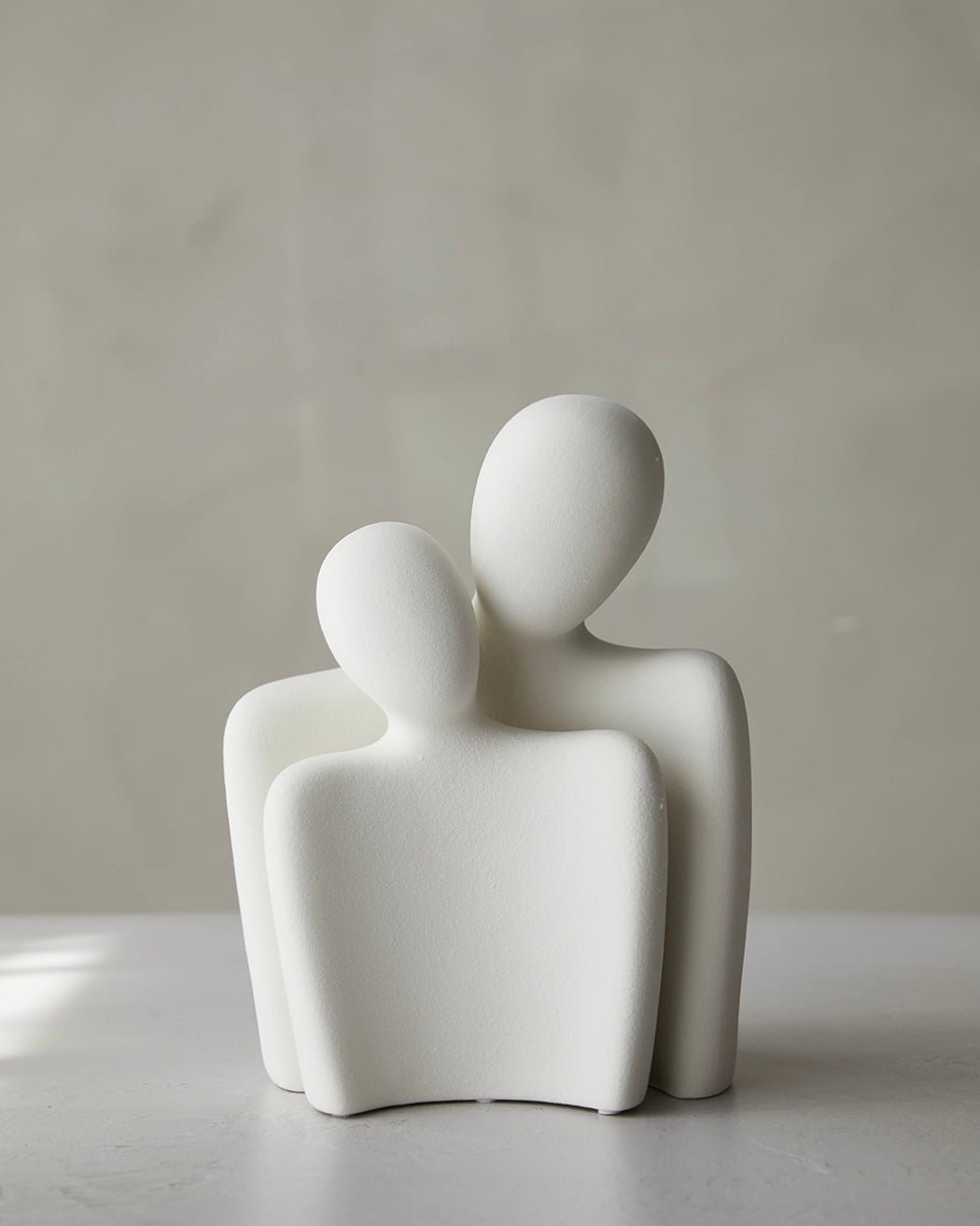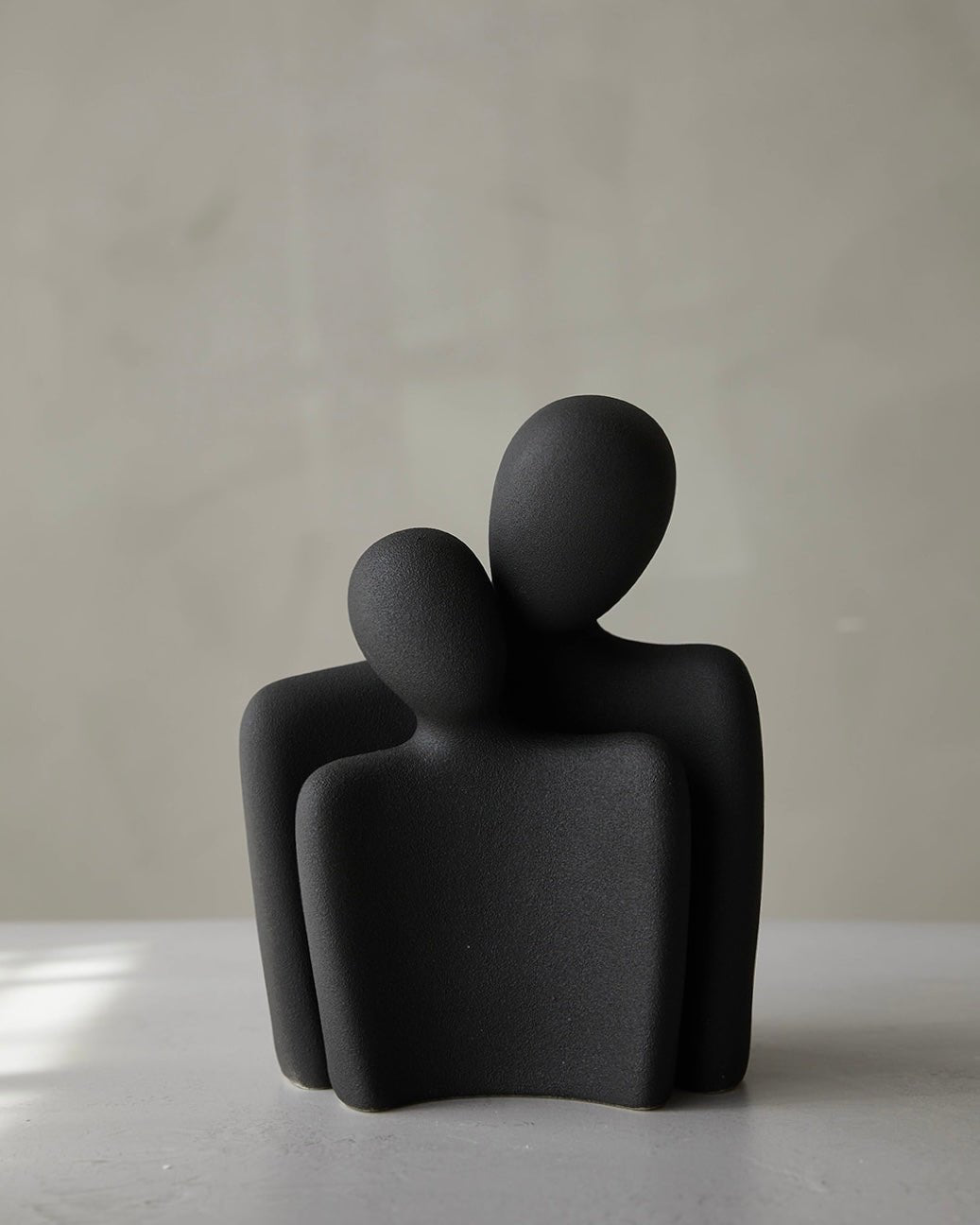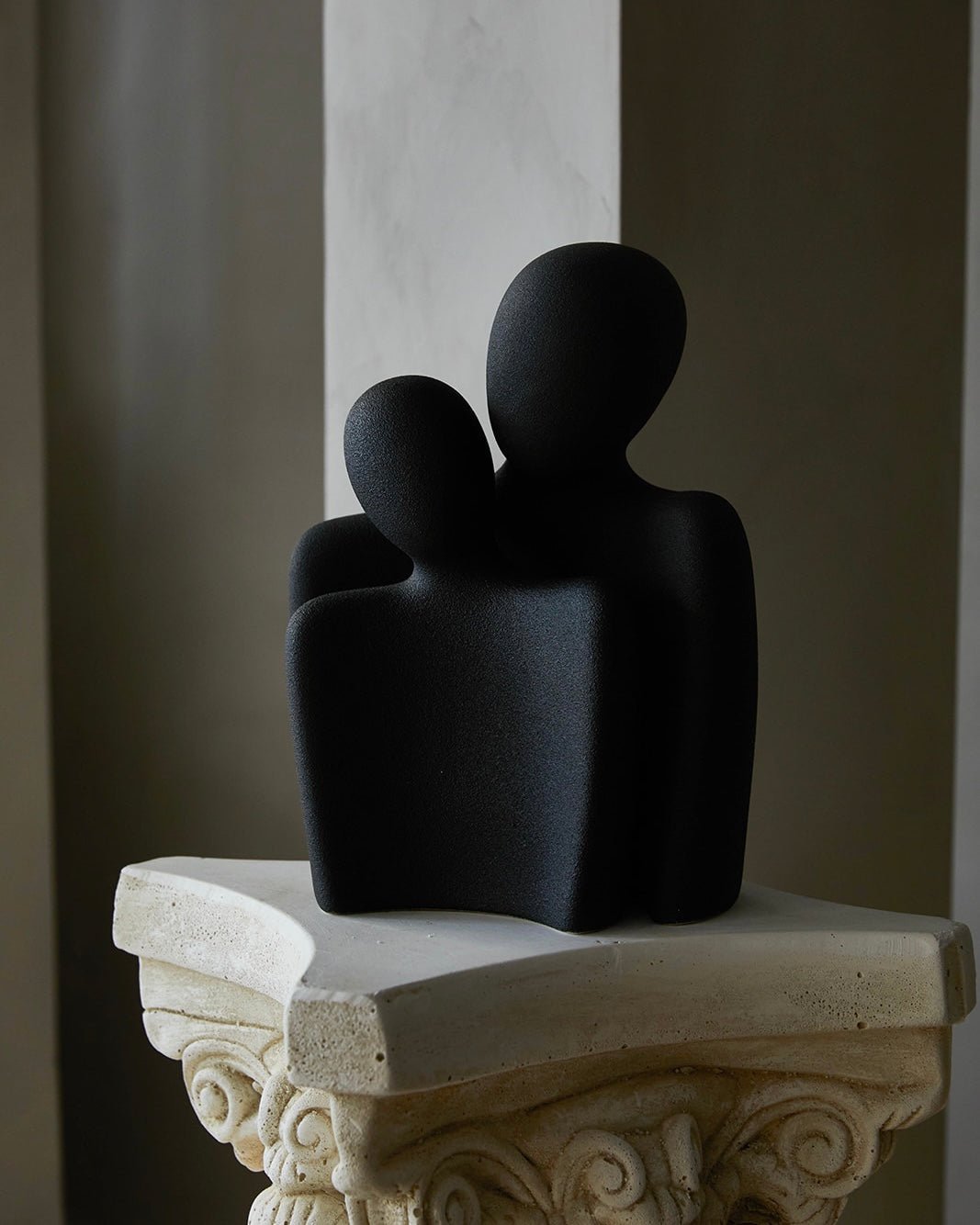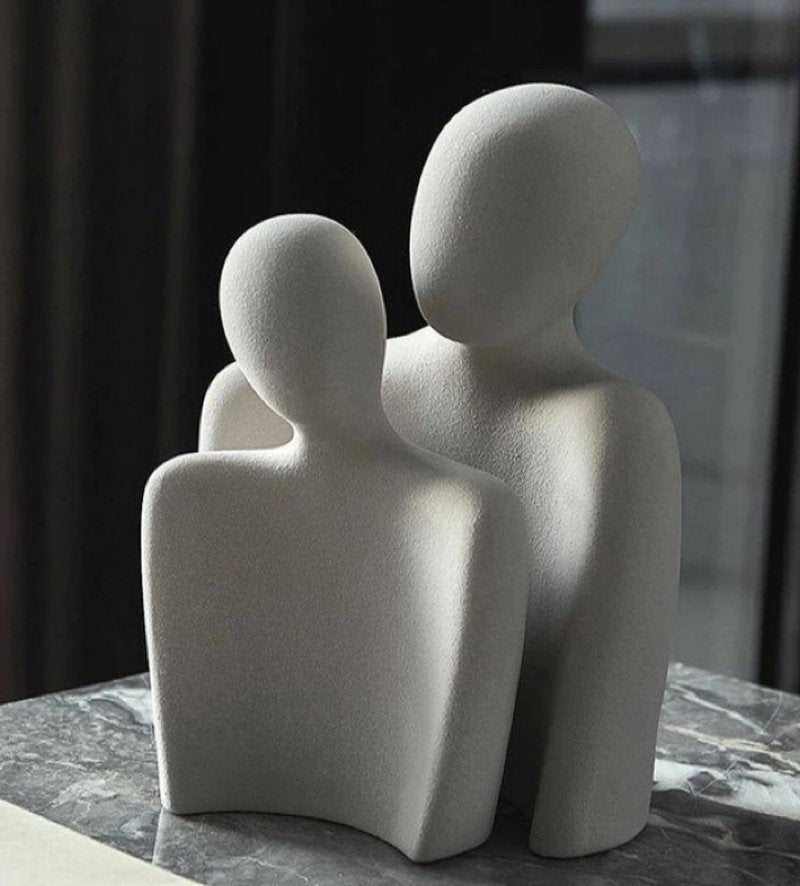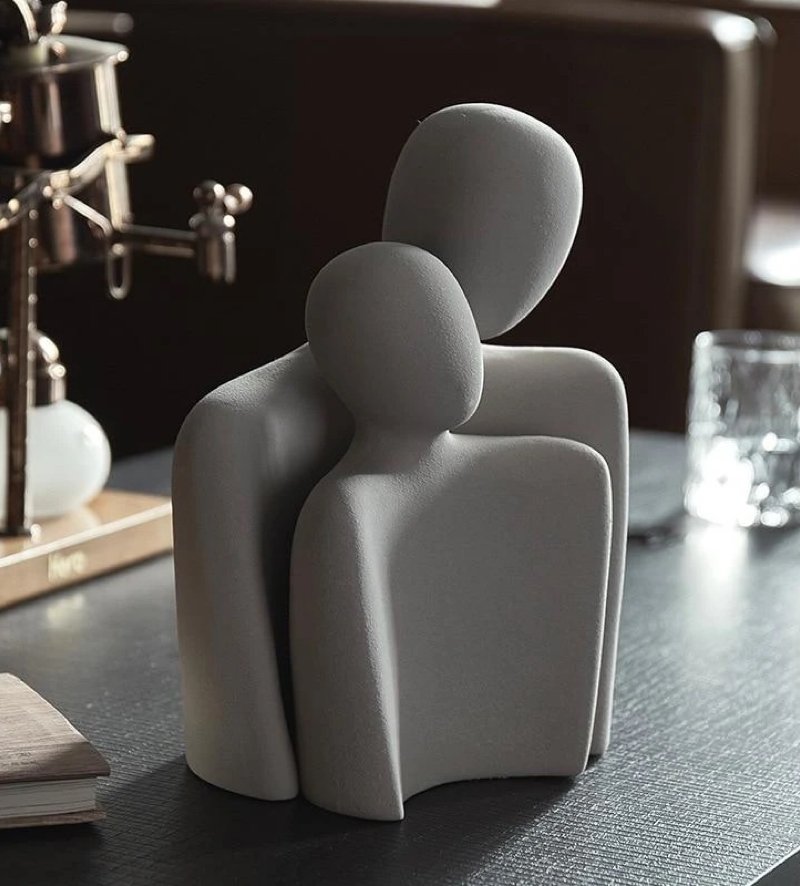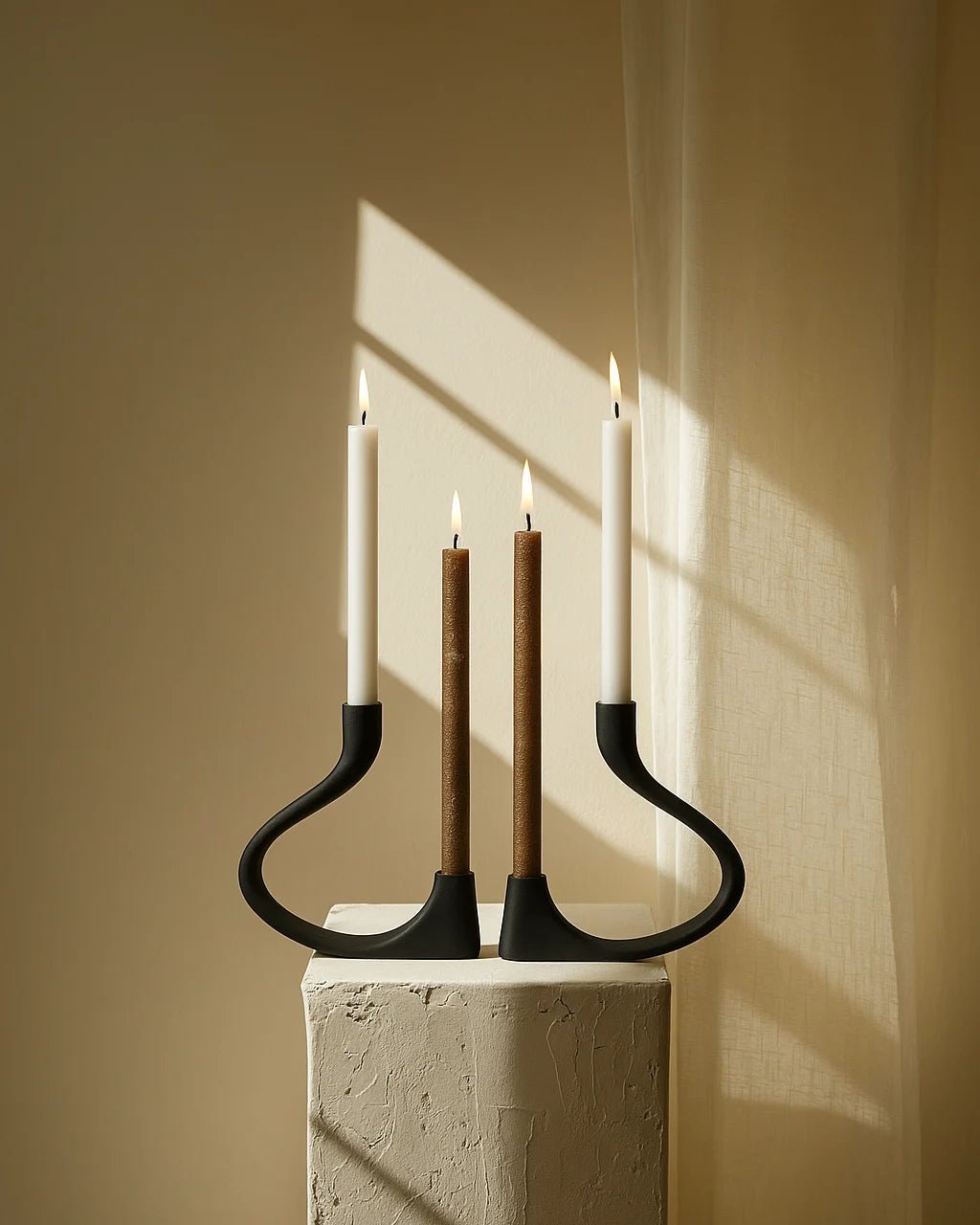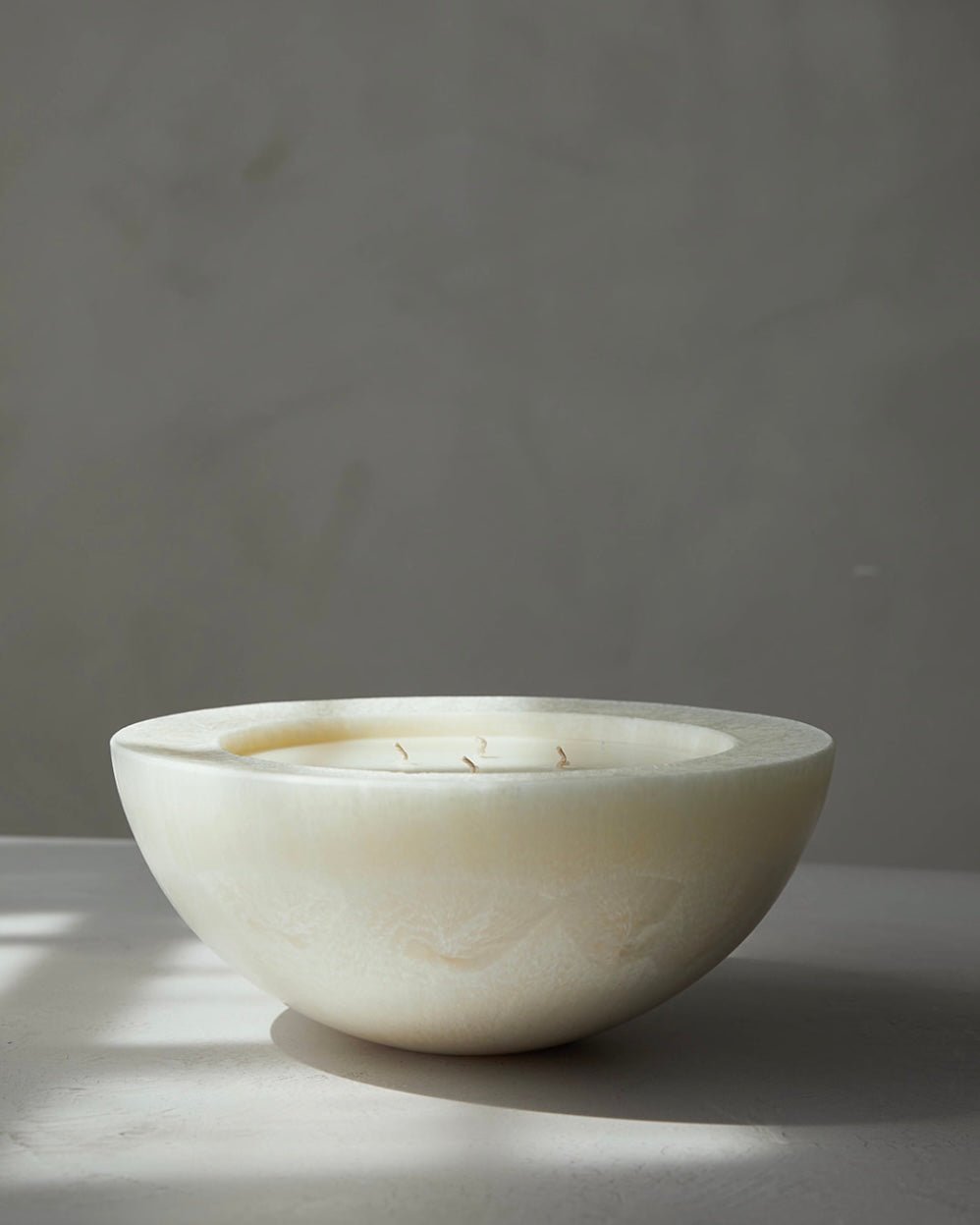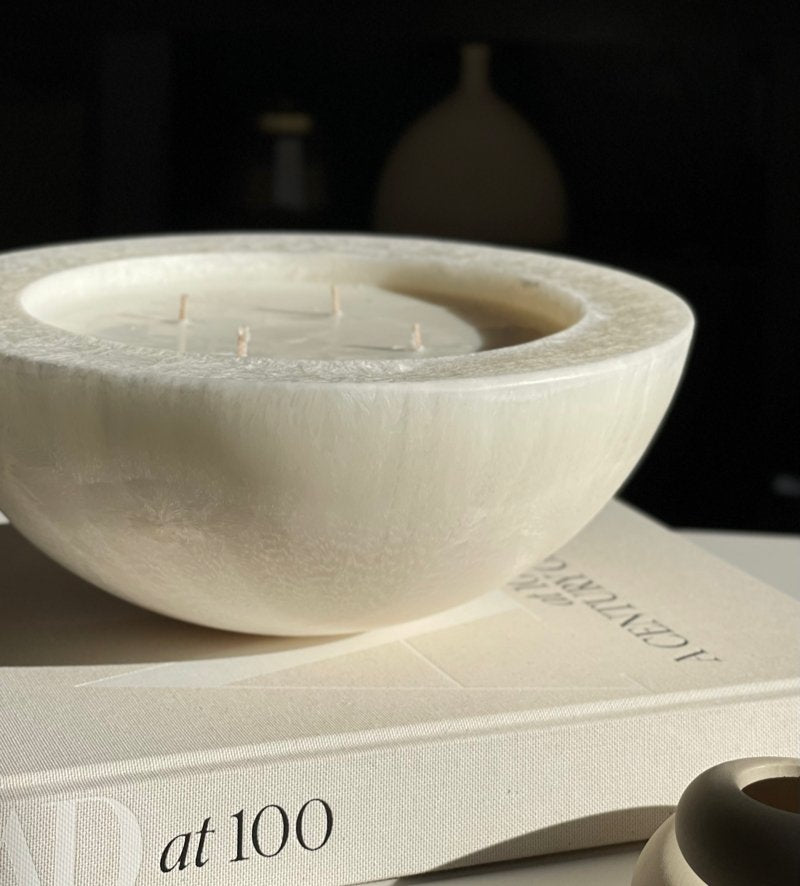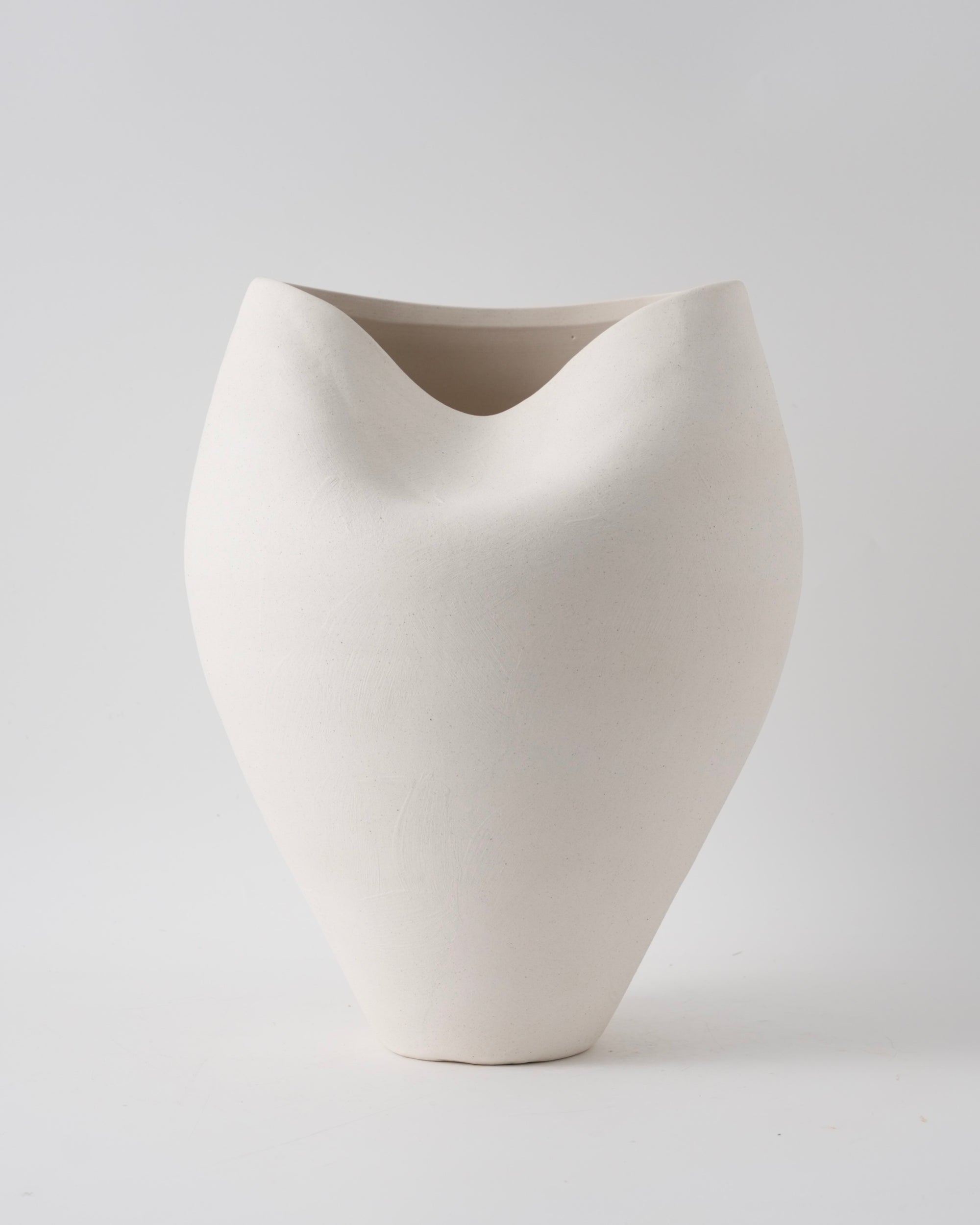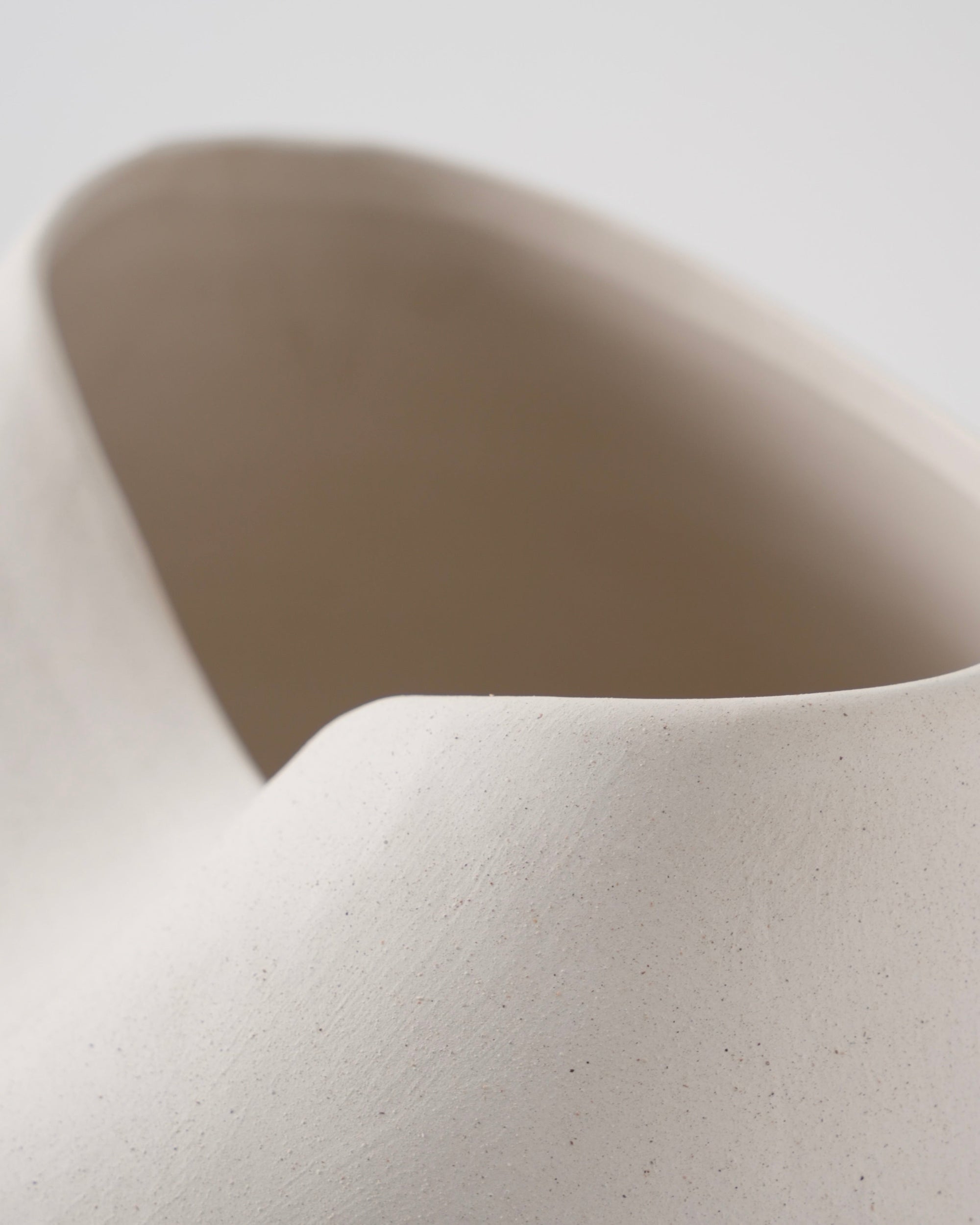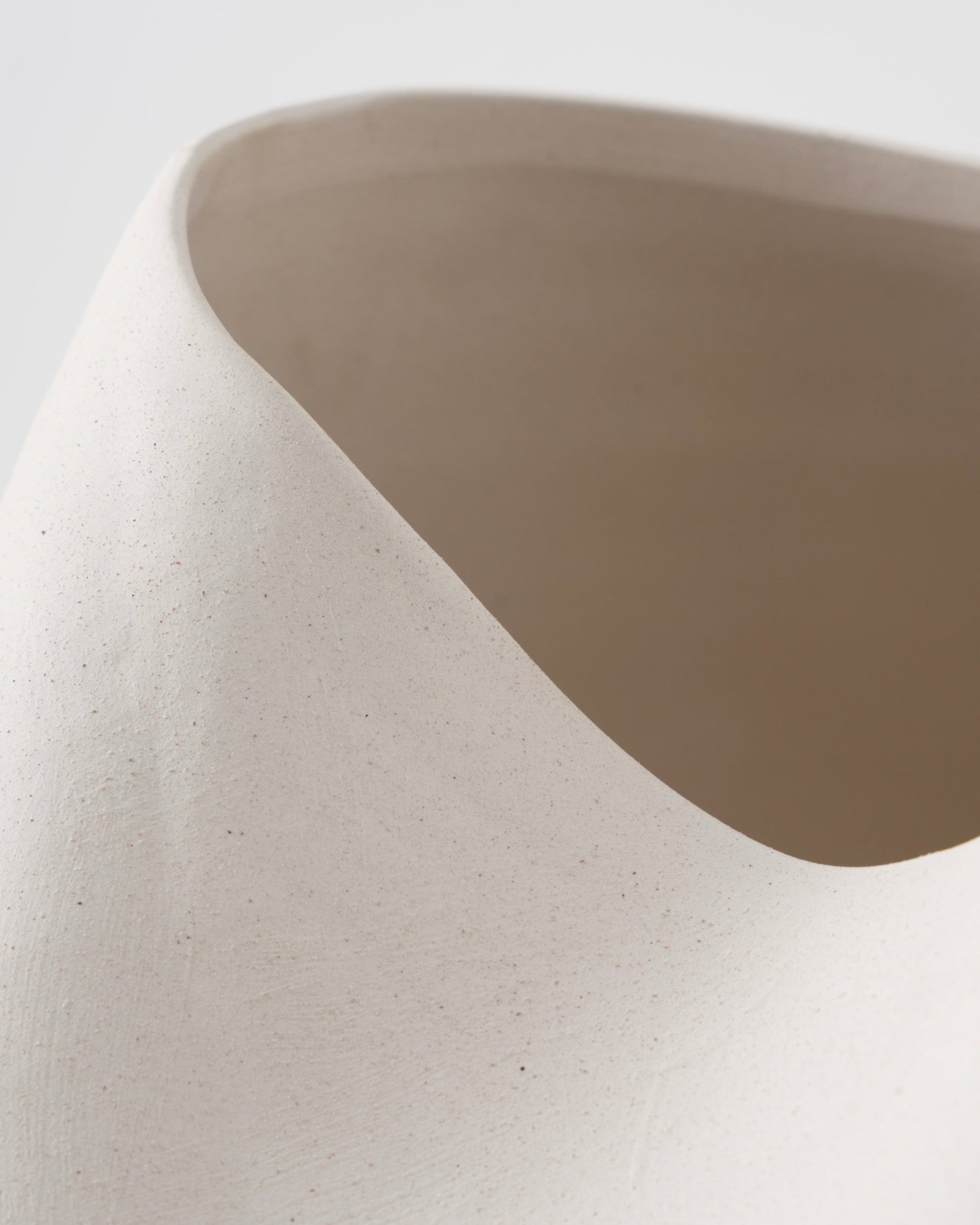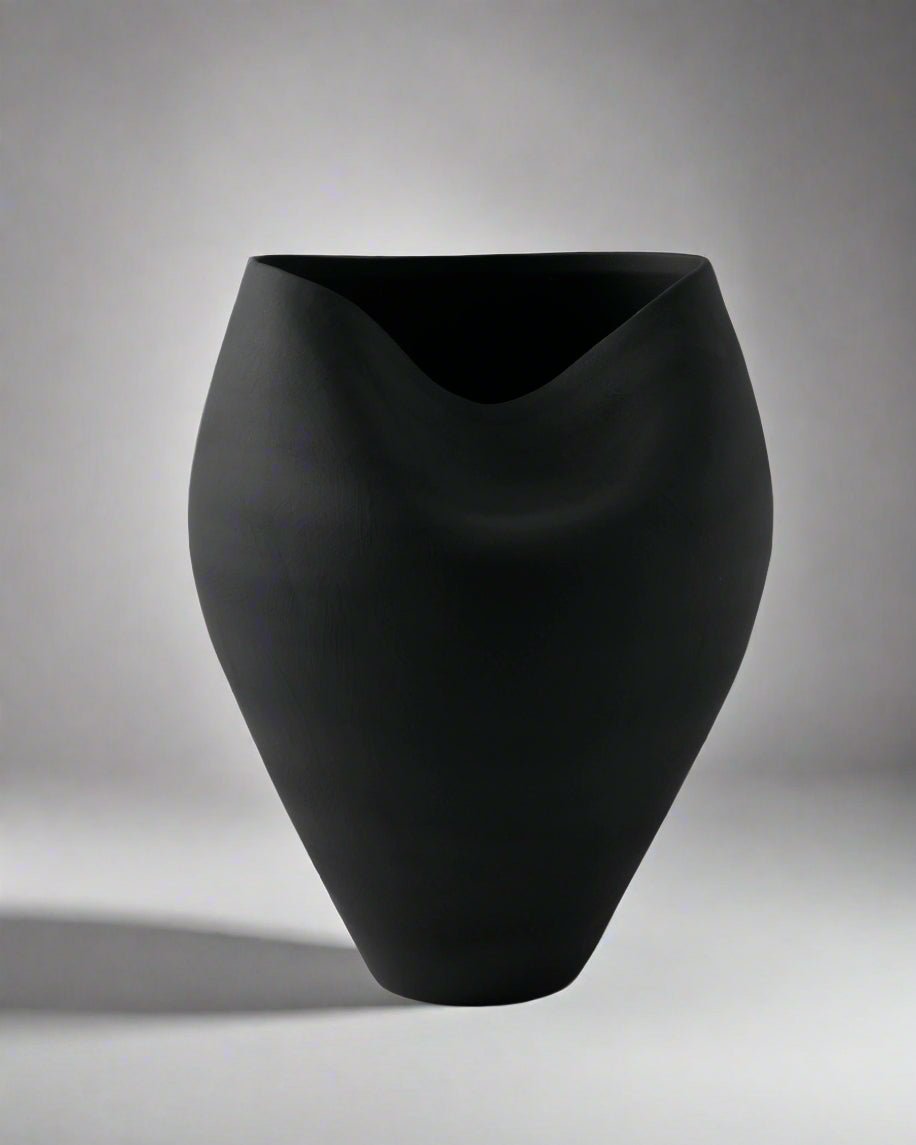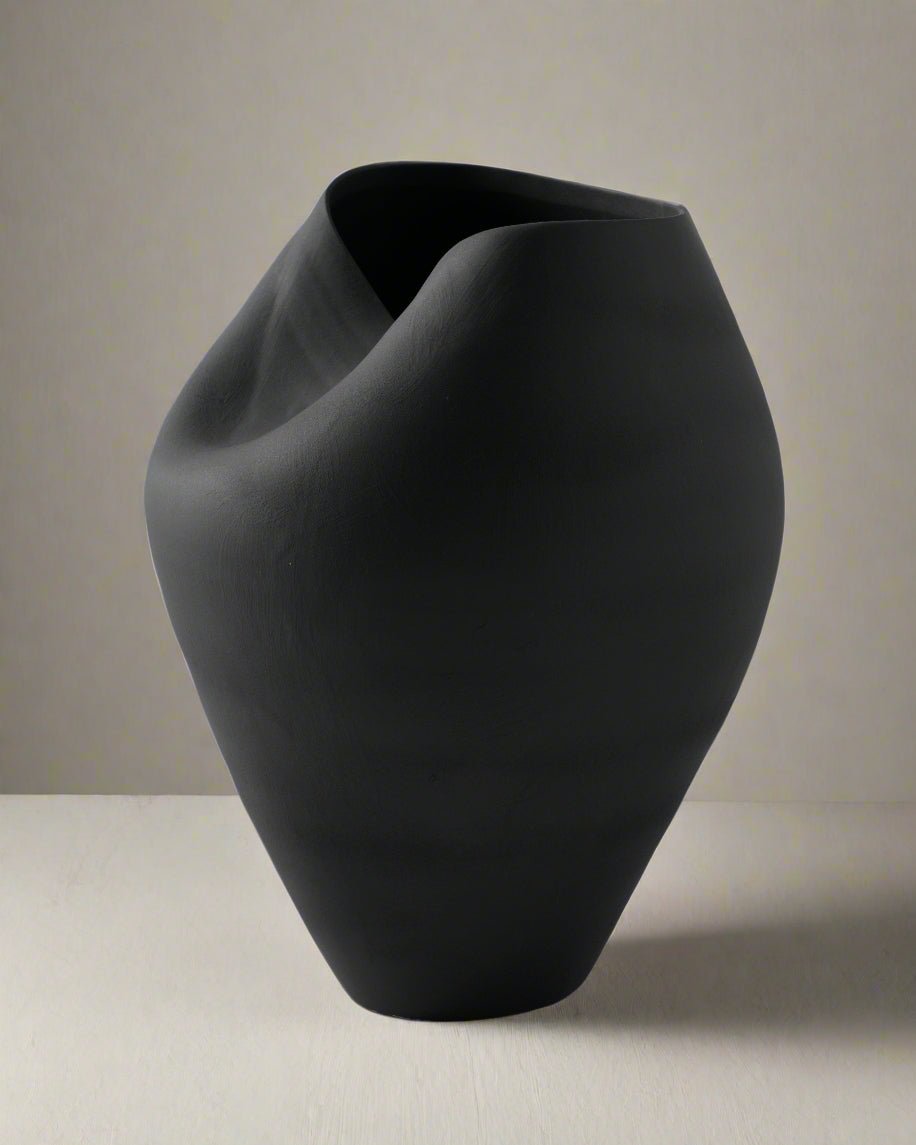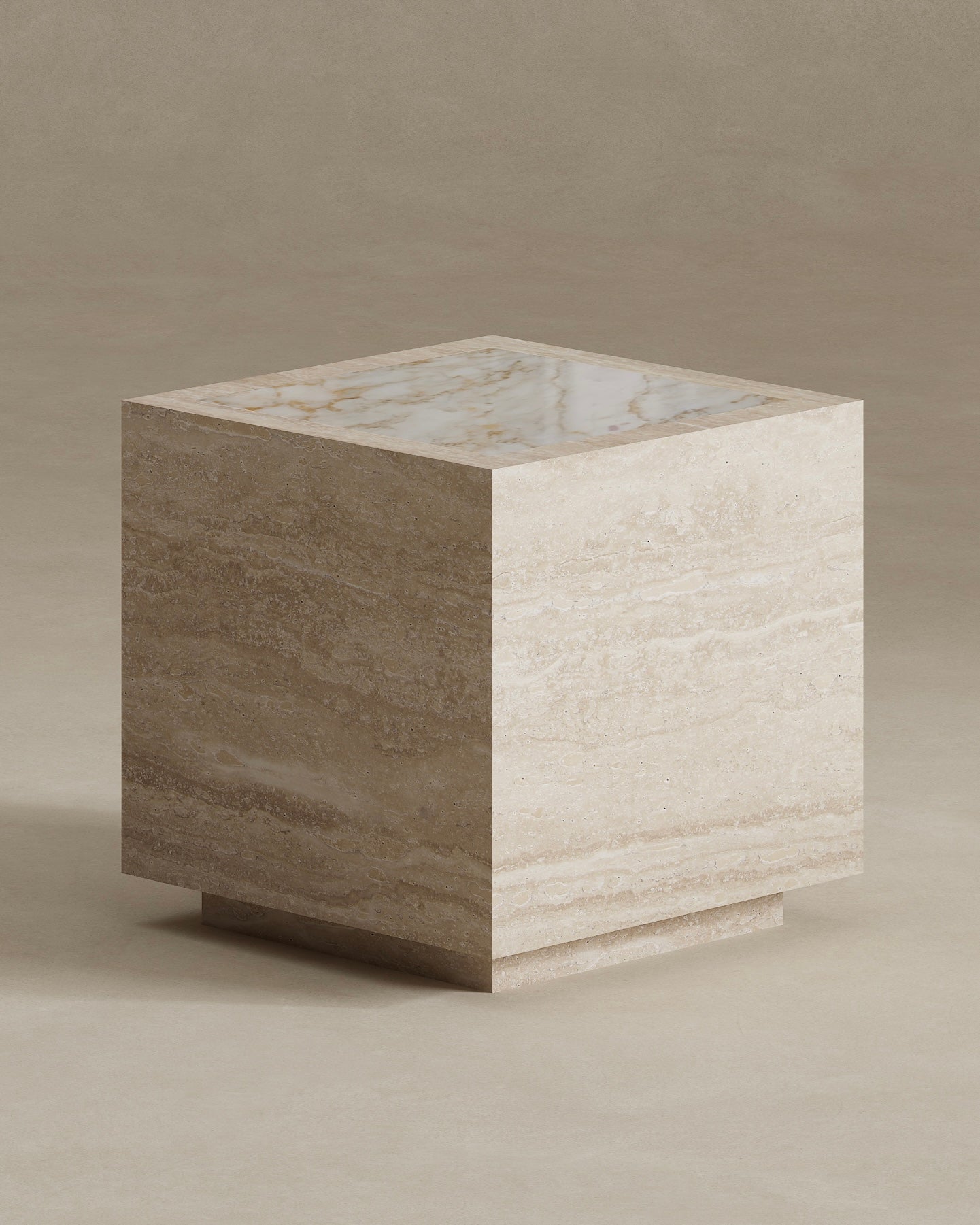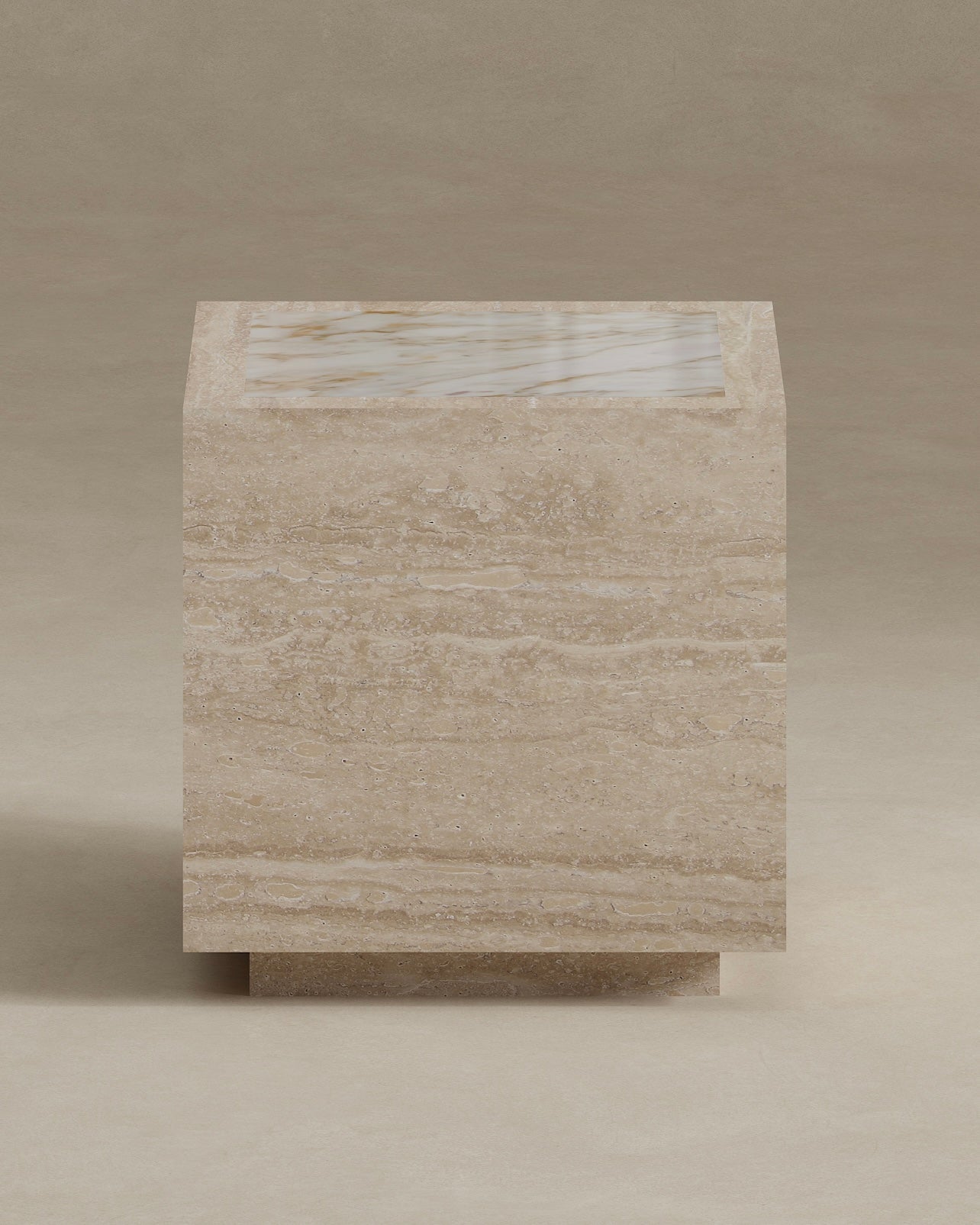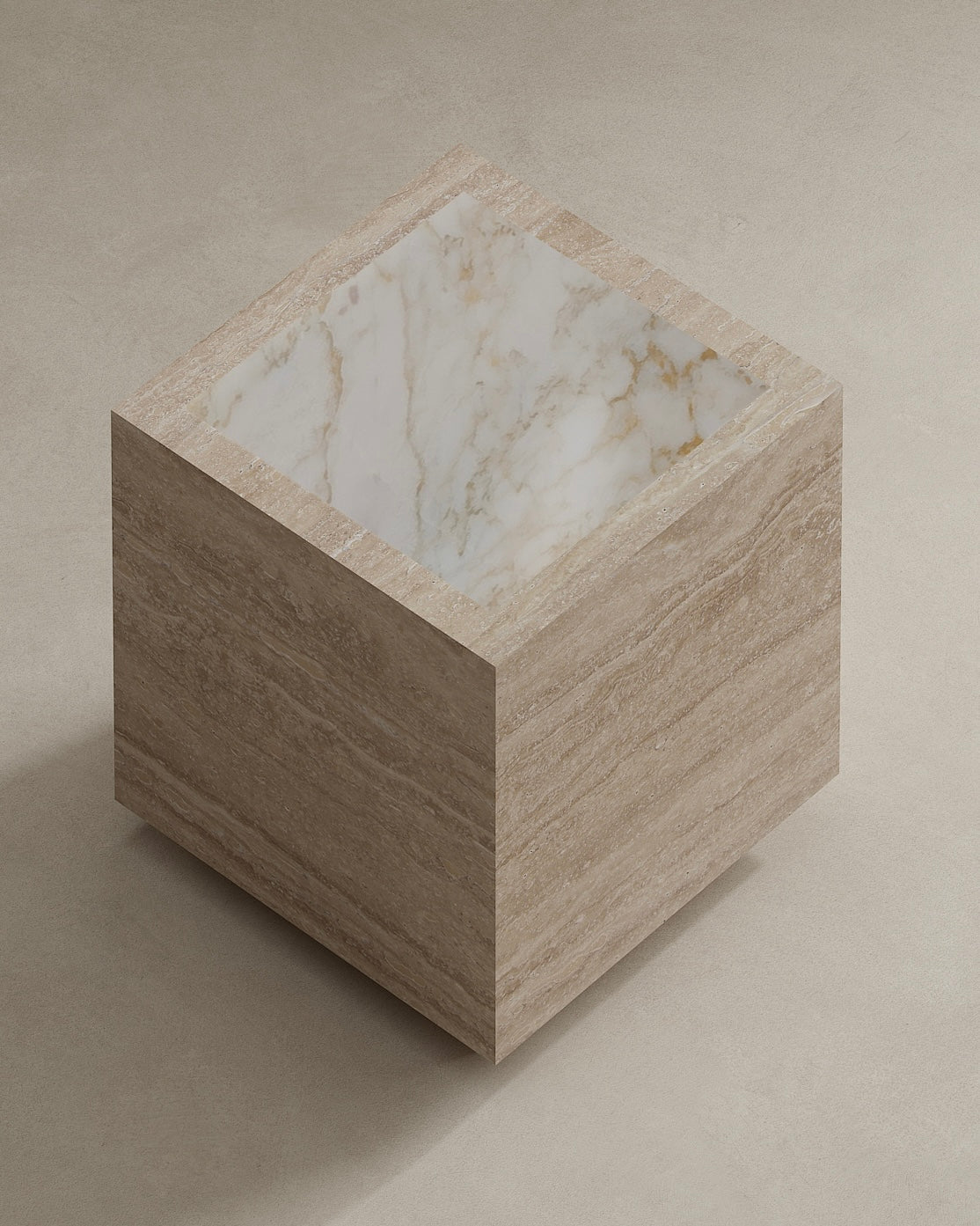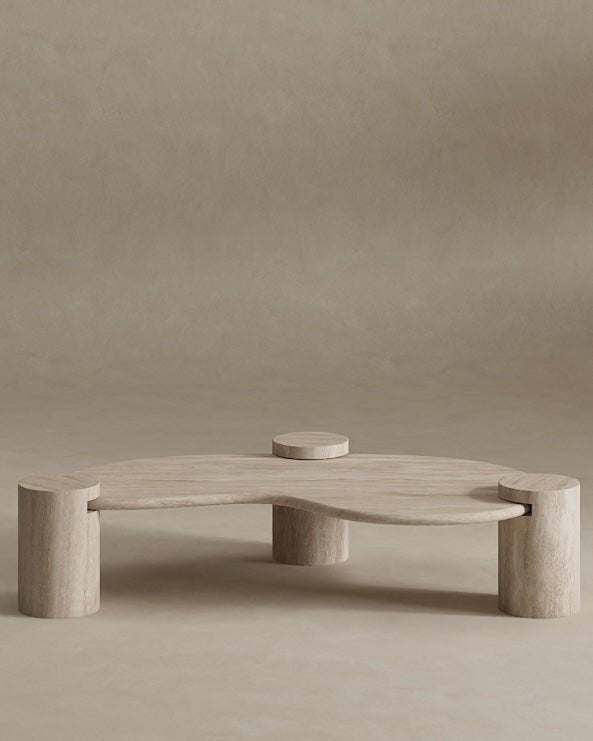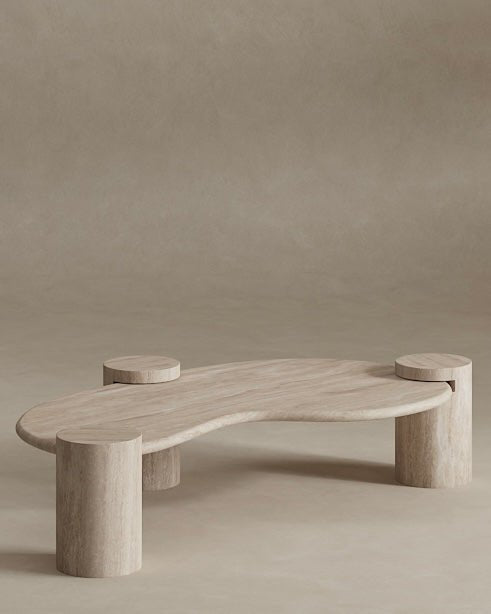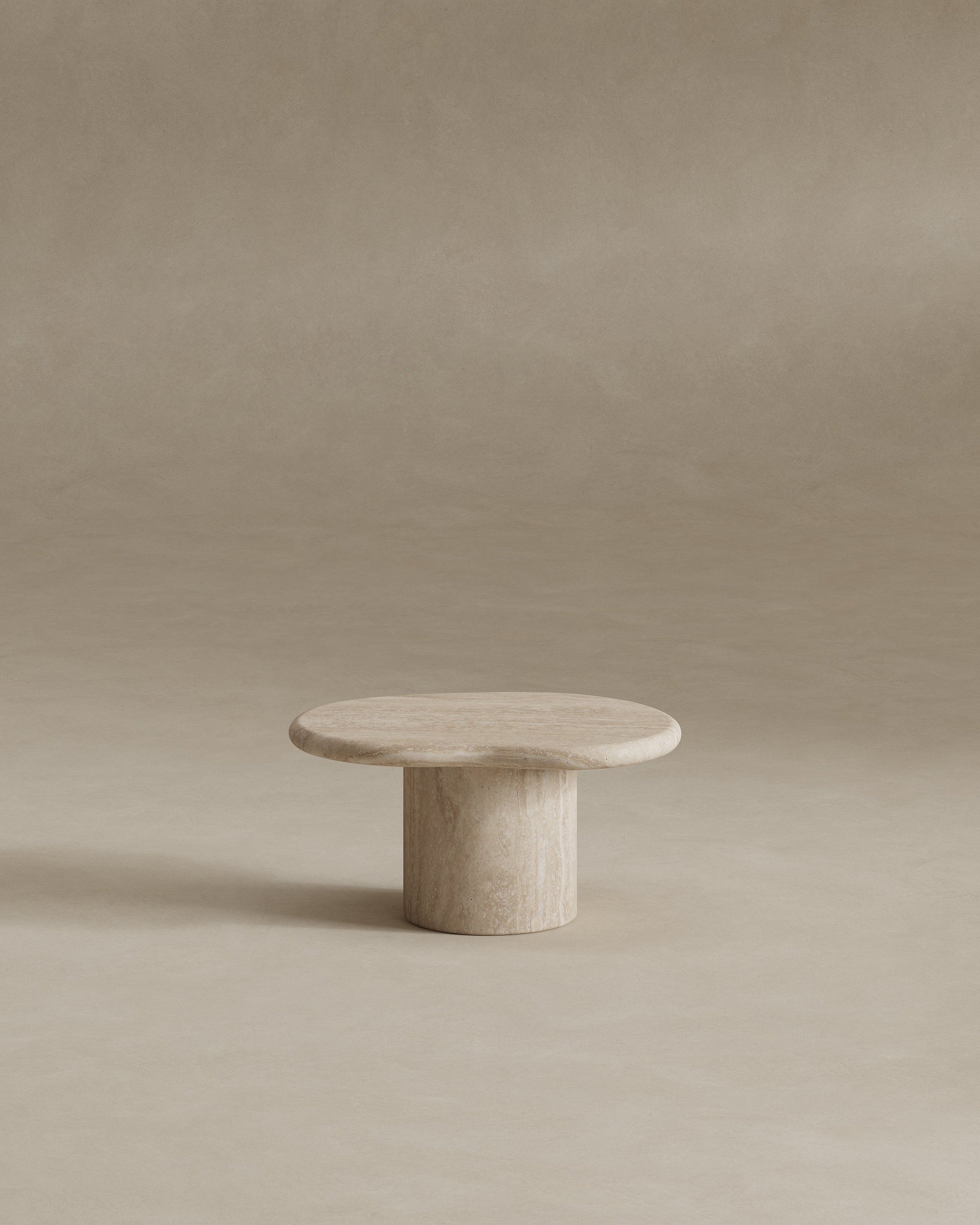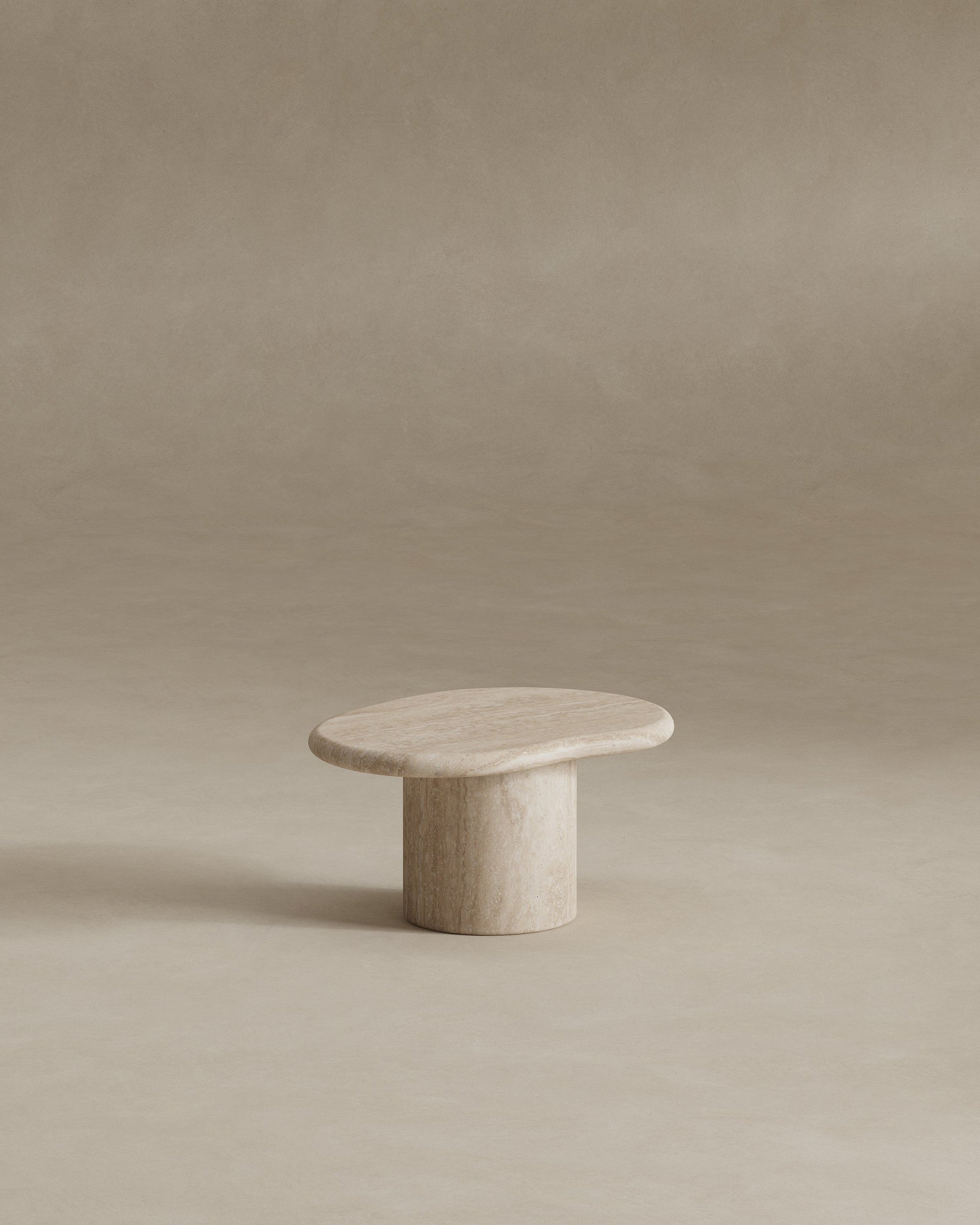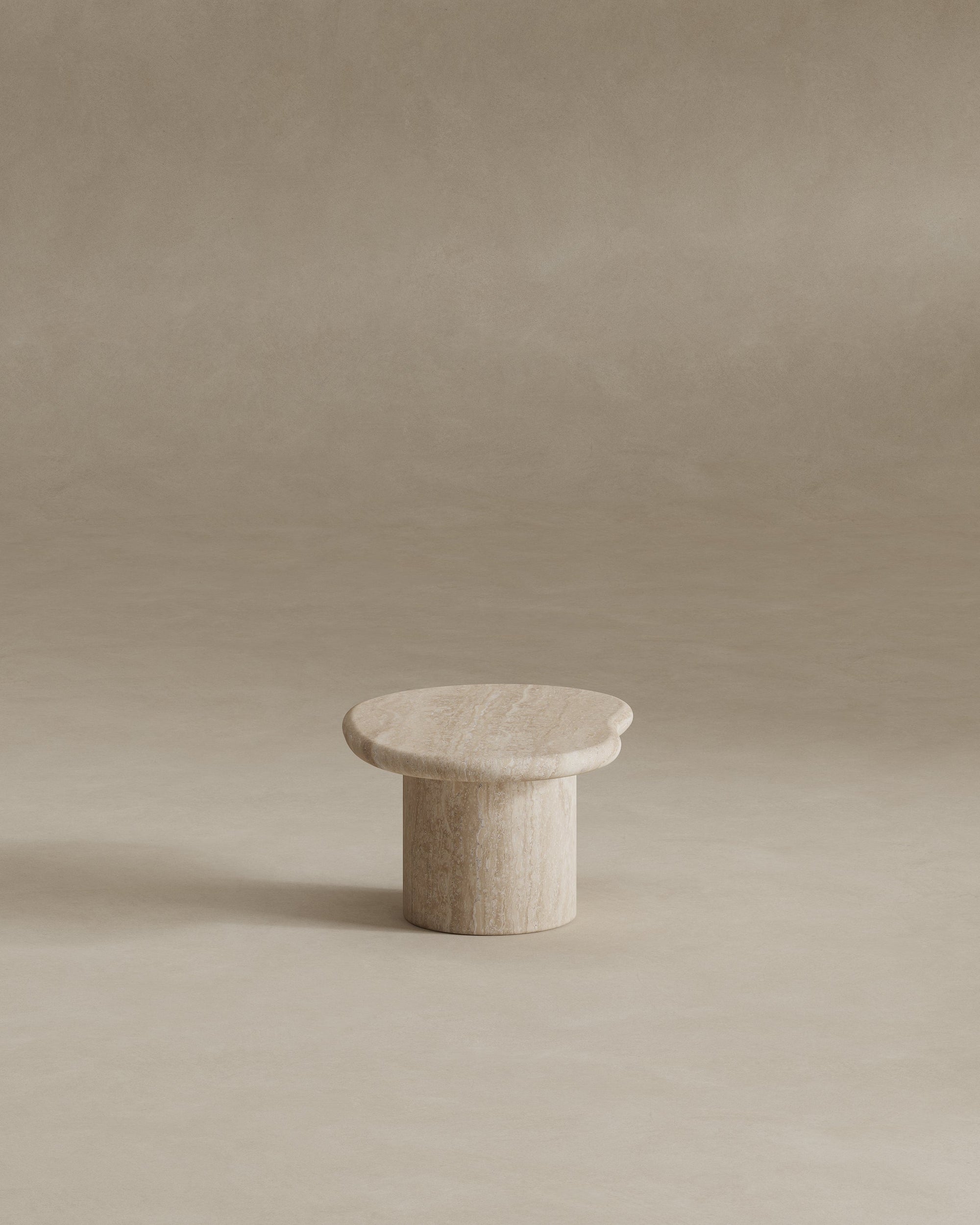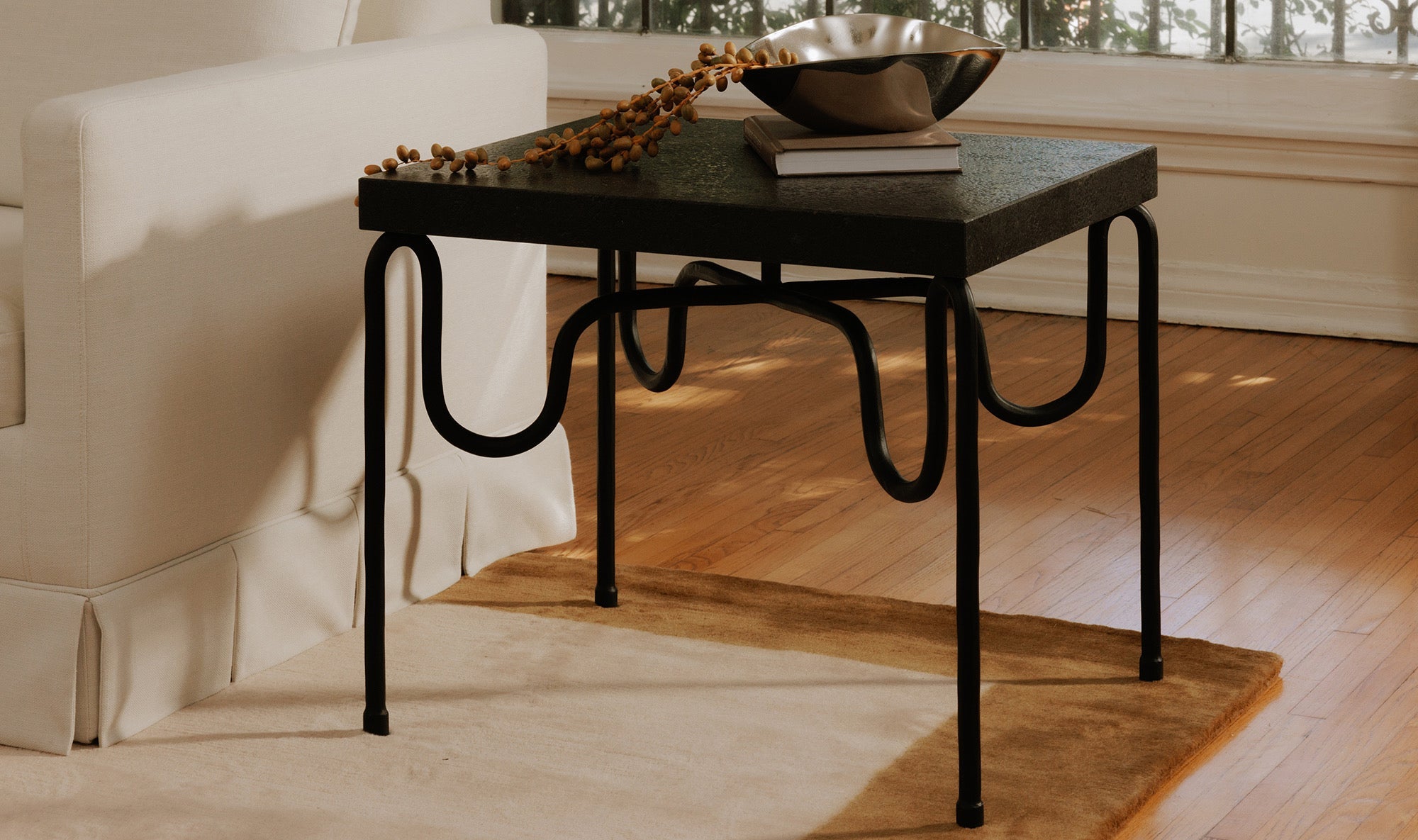Embarking on the journey of assembling a charcuterie board is akin to crafting a culinary masterpiece, where every ingredient plays a crucial role in creating a symphony of flavors and textures. Among these essential components, cheese stands as a cornerstone, offering a diverse array of flavors, aromas, and textures to tantalize the palate. However, before cheese can take its rightful place on the charcuterie board, it must undergo the delicate process of cutting—a task that requires precision, finesse, and a deep understanding of each cheese's unique characteristics. In this guide, we'll delve into the art of cutting cheese for a charcuterie board, exploring the techniques and considerations that elevate this simple act into a culinary art form. From selecting the right tools to mastering the art of presentation, join us on a journey through the intricate world of cheese cutting, where each slice tells a story of craftsmanship and culinary delight.
Preparing Your Cheese Boards
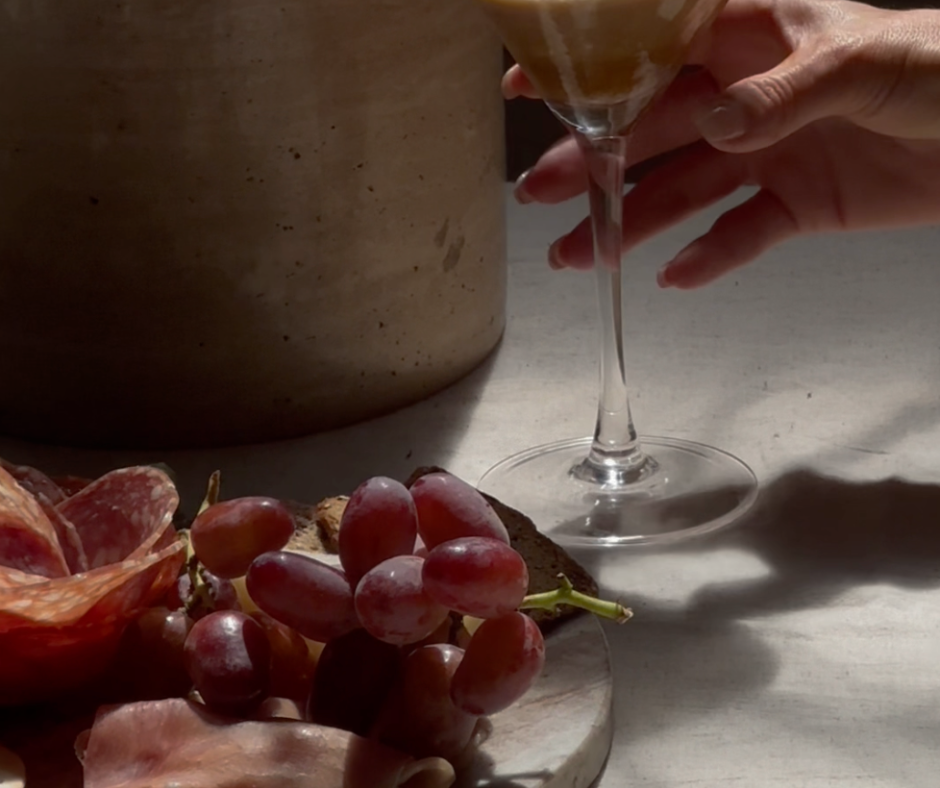
Featured above is the Organic Stone Marble Charcuterie Board.
Select a Variety of Cheeses
Choose a diverse selection of cheeses, including different textures, flavors, and types. Aim for a mix of soft, semi-soft, semi-firm cheese, and hard cheeses to provide a range of tastes and experiences for your guests.
Gather Your Tools
Ensure you have the appropriate knives and tools for cutting and serving cheese. These may include a soft cheese knife, cheese plane, cheese wire, cheese cleaver, and cheese forks. Having a variety of tools allows you to cut each cheese type properly.
Prepare the Cheese
Remove the cheeses from their packaging and any wrapping or rind they may have. If some cheeses have wax or outer coverings, carefully remove them to expose the cheese underneath. Allow the cheeses to come to room temperature for optimal flavor and texture.
Select the Right Tools
When it comes to serving cheese, having the right tools can make all the difference. Different types of cheese knives are designed to accommodate the various textures and consistencies of cheeses, ensuring that each slice is cut with precision and care.
Soft cheeses such as Brie, Camembert, or Goat Cheese should be cut into wedges or slices using a soft cheese knife or a sharp, thin blade cheese knife. It's important to use gentle, smooth motions while cutting to preserve the creamy texture of these cheeses. For softer, spreadable cheeses like Brie or Camembert, leaving them whole or slicing off the top rind to expose the creamy interior can enhance their visual appeal and invite guests to indulge.
When it comes to crumbly cheeses like feta or blue cheese, a cheese wire is essential. This simple yet effective tool consists of a thin wire attached to two handles, allowing for precise cutting without causing the cheese to crumble or break apart.
For hard cheeses with rinds or large wheels like aged gouda or asiago, a cheese cleaver is the ideal choice. With its thick, wide blade and sturdy handle, the cheese cleaver can easily cut through the tough outer rind to reveal the creamy interior of the cheese.
Additionally, specialty knives like parmesan knives or cheese forks are designed for specific types of cheese, ensuring that each slice is cut with the utmost care and attention to detail. By using the appropriate knife for each type of cheese, you can enhance the presentation of your cheese platter and create a memorable dining experience for your guests.
Arrange the Cheeses
Start by placing the whole cheese blocks or wheels on the charcuterie board, spacing them evenly apart. Then, begin cutting each cheese into thin slices or wedges, depending on its shape and size. For harder cheeses, use a cheese plane or sharp knife to create thin, even slices. For softer cheeses, use a soft cheese knife or spreader to scoop and spread the cheese onto the board.
Consider Presentation
Arrange the cheese slices in an aesthetically pleasing manner on the charcuterie board, alternating colors, textures, and shapes for visual appeal. Leave some space between each cheese to prevent them from blending together.
Add Garnishes
Enhance the presentation of the cheese board by adding garnishes and accompaniments such as fresh fruit, nuts, honey, olives, or crackers. These complementary elements not only add flavor but also contribute to the overall visual appeal of the board.
Label the Cheeses
If serving a variety of cheeses, consider labeling each cheese on the charcuterie board to help guests identify and appreciate the different flavors. Use small signs or labels placed near each cheese or use toothpicks with flags inserted into the cheese.
Provide Individual Knives
To prevent flavors from mingling and ensure guests can easily serve themselves, place a separate knife next to each cheese variety on the charcuterie board. This thoughtful touch allows for a seamless and enjoyable tasting experience, where guests can savor each cheese's unique characteristics.
Serve and Enjoy
Once the cheese board is prepared, place it in the center of the table or serving area where guests can easily access it. Invite guests to help themselves to the delicious assortment of cheeses and accompaniments, and enjoy the flavors and textures together.
Frequently Asked Questions
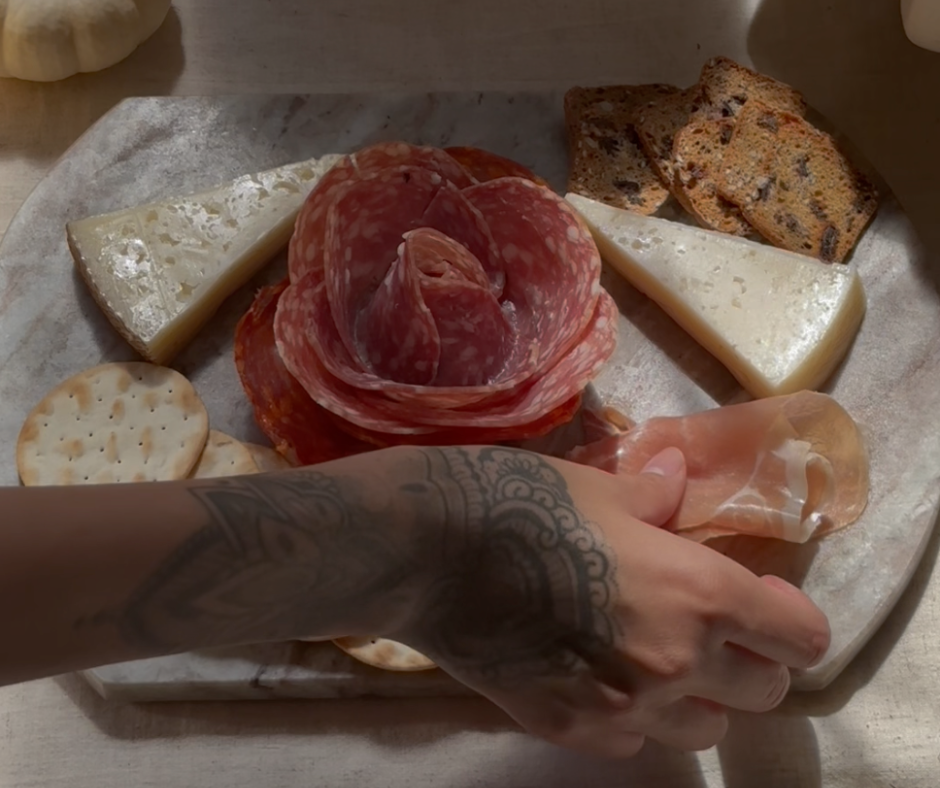
What factors determine the ideal size for my charcuterie board?
The size of your charcuterie board should accommodate the number of guests and the variety of food you plan to serve. Consider the space needed for arranging ingredients without overcrowding, and opt for multiple boards or platters for larger gatherings or themed displays.
How do I select the perfect board or platter for my charcuterie presentation?
When choosing a board or platter, balance functionality with aesthetics to complement your gathering's size and style. Wooden boards offer rustic charm, while marble or ceramic trays add elegance. Ensure the size comfortably fits all ingredients without overcrowding for an appealing display.
How far in advance can I prepare my charcuterie board?
Many elements of a charcuterie board can be prepped in advance to streamline your event preparations. Arrange cured meats, cheeses, and spreads a few hours ahead and refrigerate until serving. Reserve perishable items like fresh fruits for closer to serving time to maintain their freshness.
What are the steps to creating a stunning charcuterie board?
Start by placing larger items like cheeses and spreads, then fill gaps with meats, fruits, nuts, and crackers. Use small bowls for condiments and olives, arranging items in visually appealing clusters. Garnish with fresh herbs and edible flowers for added color and fragrance.
Which garnishes and decorative elements enhance my charcuterie board?
Elevate your charcuterie board's presentation with fresh herbs like rosemary and thyme, or edible flowers such as nasturtiums and pansies. Consider decorative elements like cheese knives, cocktail picks, or mini chalkboard signs to identify items and enhance visual appeal.
What beverages complement a charcuterie board?
Pair your charcuterie board with a range of beverages, from wine and beer to cocktails and non-alcoholic options. Choose wines that complement meats and cheeses, craft beers like IPAs or stouts, or cocktails like gin and tonic. Non-alcoholic options like sparkling water or fruit-infused iced tea offer refreshing alternatives.
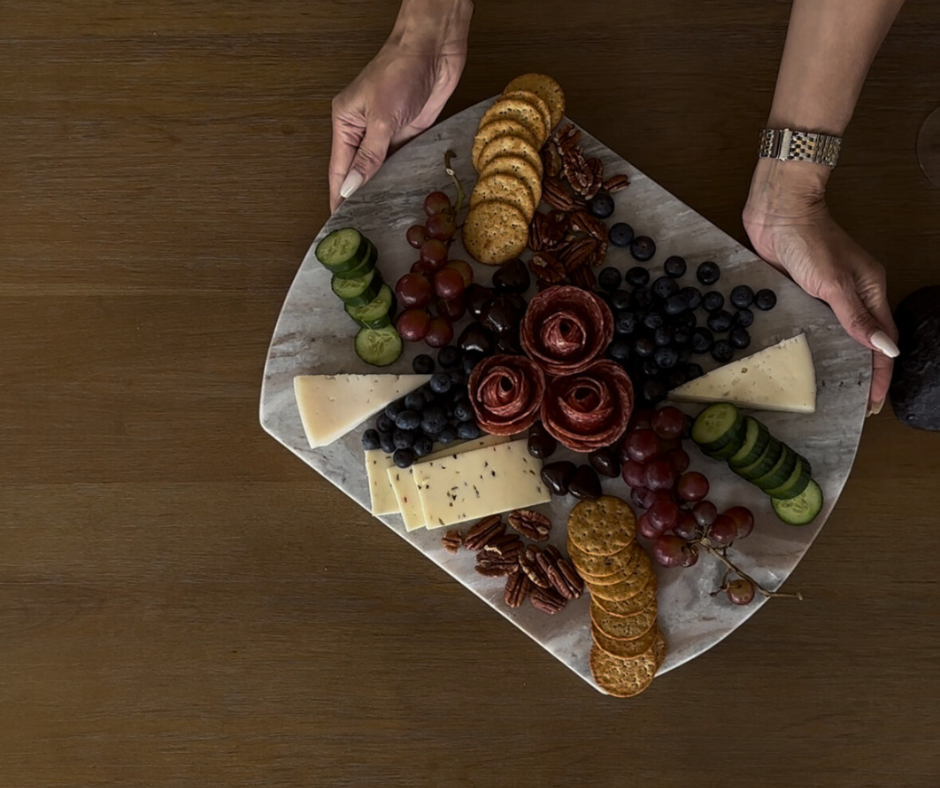
Mastering the art of cutting cheese for a charcuterie board is a skill that can elevate the overall presentation and enjoyment of your culinary spread. By following the guidelines outlined above, including selecting the appropriate knives, considering the cheese's texture and shape, and arranging the slices with care, you can create an enticing and visually appealing cheese selection that delights the senses of taste and sight alike. Remember, the key is to offer variety, balance, and attention to detail, ensuring that each cheese complements the others while showcasing its unique flavor and character. With these techniques in mind, you can confidently curate a cheese selection that impresses your guests and leaves a lasting impression, transforming your charcuterie board into a culinary masterpiece worthy of any occasion.

